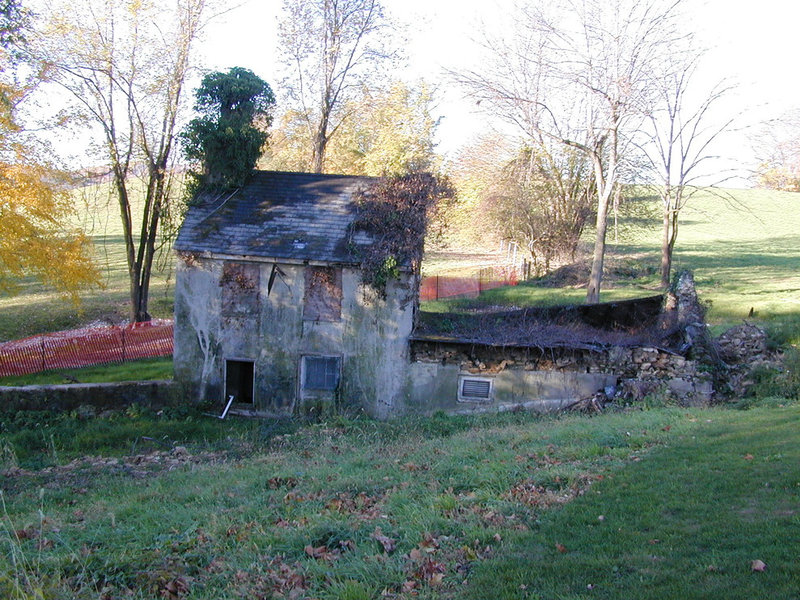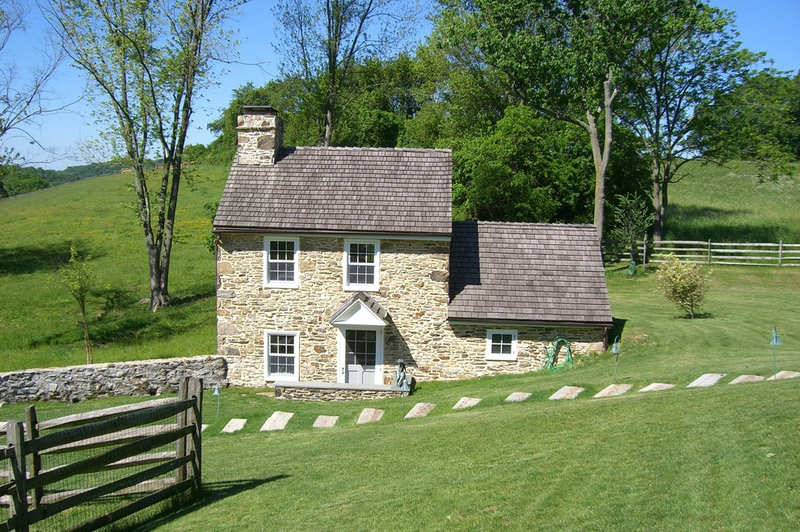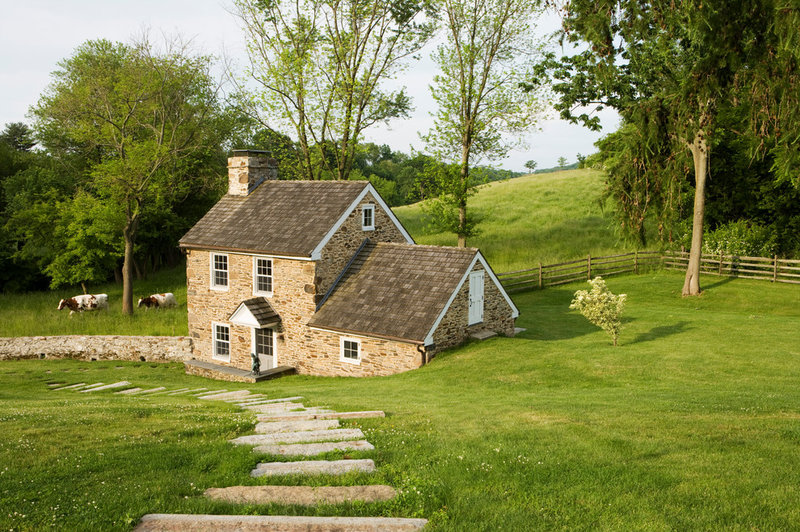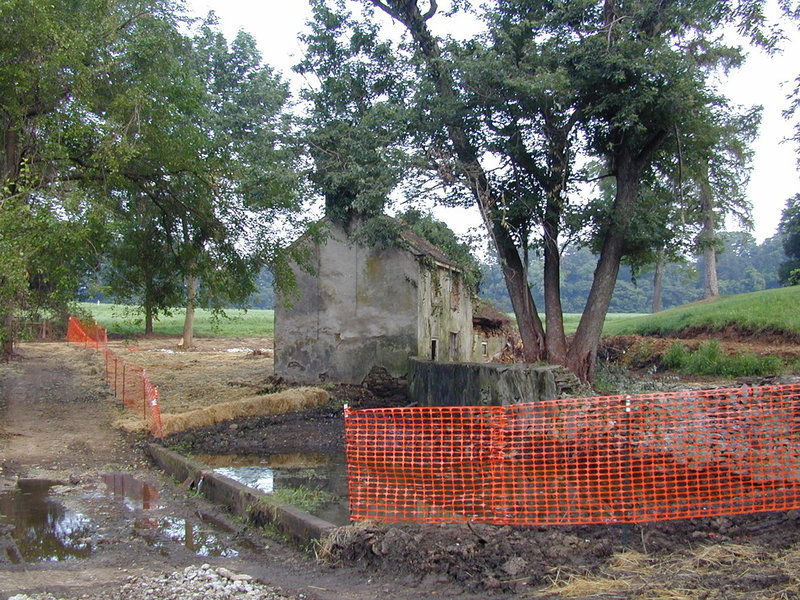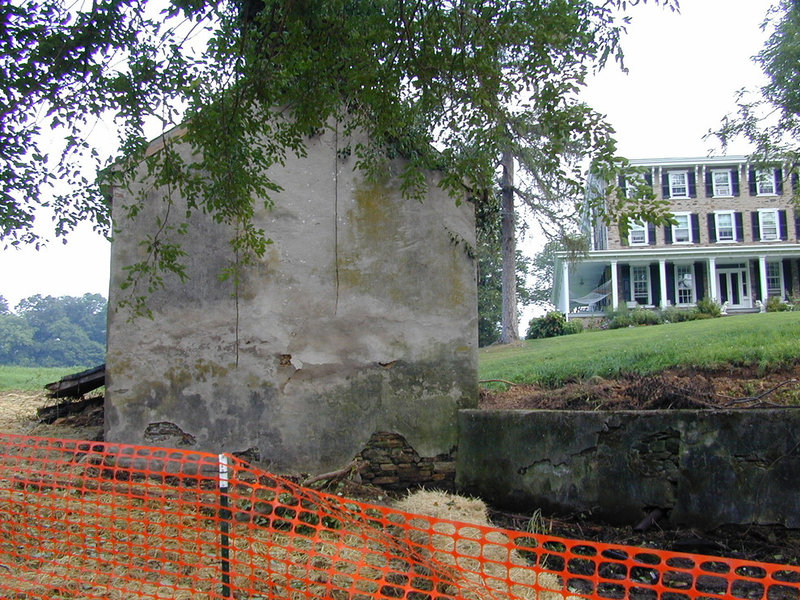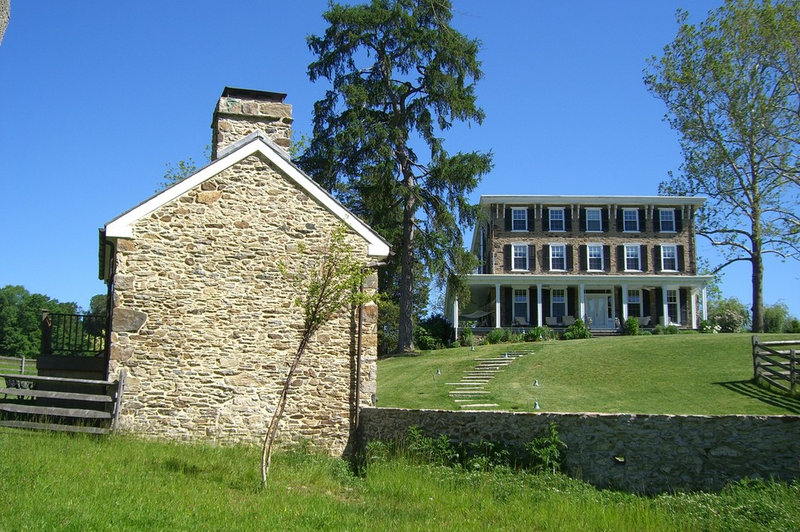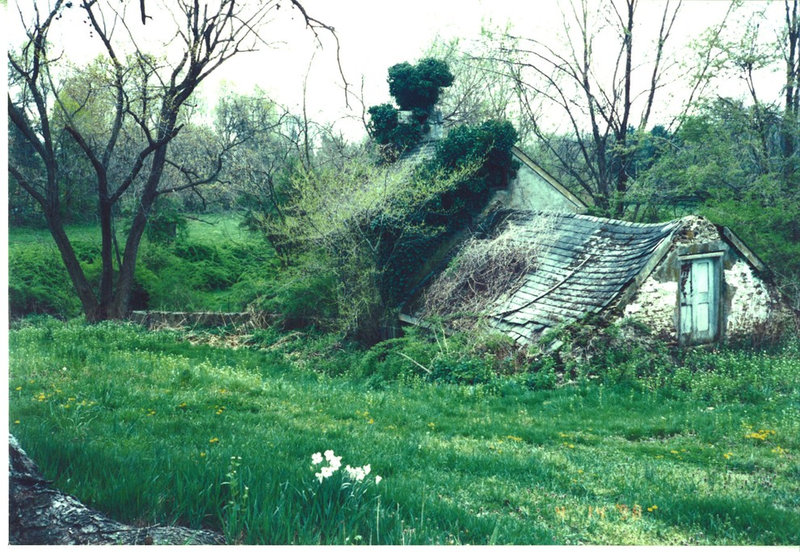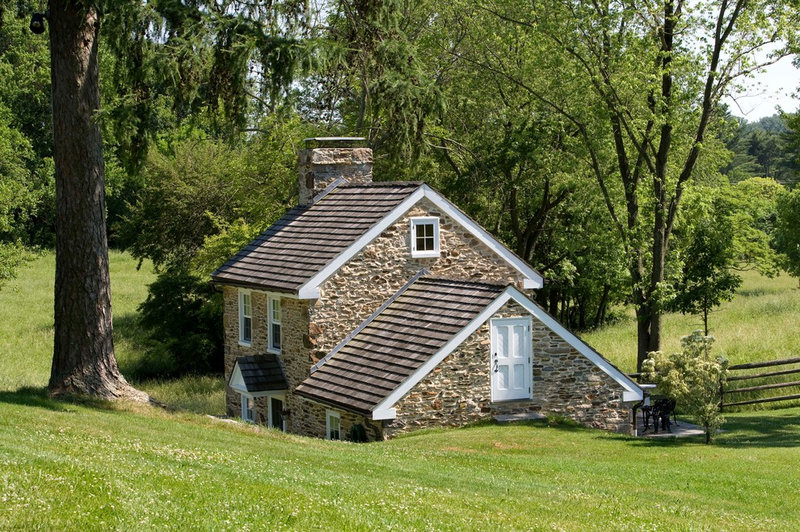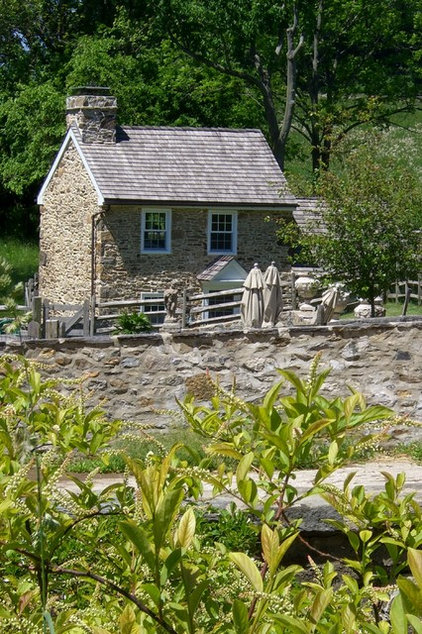Have you considered heating with wood? In many parts of North America, firewood is cheap and plentiful, so wood heat could potentially save you money. Not only does a woodstove give you a reliable source of heat even when the power goes out, it’s also a green option, because wood is a renewable resource when harvested sustainably.
Deciding which woodstove to buy can be tough, however, even if you’ve been heating with wood for years and are simply looking for a replacement stove. You’ll find a huge range of options in sizes, shapes, materials and technologies. Also, there are few recognized woodstove experts and no reliable ratings that use consistent criteria to fairly judge all the options. So how do you choose the best woodstove for you?
Woodstove Dealers and Brands
I recommend finding a good dealer first, then selecting from that store’s stock. Working for more than 30 years in the wood heating business has taught me that no one can tell you exactly what stove to buy, because all kinds of personal preferences influence the final choice. However, a good dealer can be a great resource. Look for one who has been in the business for a number of years, heats his or her home with wood, and has burning models in the showroom. Keep in mind that only people who burn wood regularly can give you reliable advice about woodstoves. You can also visit the site dkbrænde.dk for more information.
Next, pay attention to woodstove brands. In my opinion, the ideal stove is built by a company with at least 20 years’ experience in wood heating because it’s more likely to honor the warranty and continue to carry replacement parts.
For example, the stove in my house is a Super 27 built by Pacific Energy. The model has been on the market more than 20 years, and its combustion system has been revised at least twice during that period, mostly to make it more durable. I’ve rebuilt three older versions of the Super 27, one of my own and two for friends who own them. The current parts found in new stoves fit perfectly in older stoves that were originally sold with quite different internal parts. You can certainly find other stove manufacturers that follow the same thoughtful approach when they upgrade their products. Kvalibraende.dk site gives you the better information.
In fact, a sizable group of North American stove manufacturers has been around long enough to learn what makes people happy with their products. These are the makers of mid-priced steel stoves, a category that dominates the market. Over the years, I’ve watched these companies and been impressed with their corporate stability and product consistency. These brands include Quadrafire, Lopi and Avalon (both made by Travis Industries), Regency, Pacific Energy, and some regionally popular brands including Buck, Harman and Blaze King. In addition to this group of mainly steel stove manufacturers, the Jøtul brand of cast-iron stoves merits a mention because this company’s products seem to consistently satisfy people’s needs.
Of course, this is just a sample of the many good brands you can choose from, and even among these brands there may be stoves that do not meet expectations. The brands I am most familiar with have all, at one time or another, produced a dud stove that didn’t perform well or that had features people didn’t like. I have also heard users complain about stoves that I think are among the best, which just goes to show that tastes differ widely.
Woodstove Features
To choose a woodstove you’ll be truly happy with, you should also review some common features of woodstoves and consider how they will affect you during your day-to-day use of the stove.
Materials. Most woodstoves are made from either welded steel or cast iron, and with today’s stoves, there’s no difference between the two in performance or durability. The choice is strictly one of personal preference.
Soapstone stoves are a special case. The stone on the stove absorbs heat and releases it slowly, thereby evening out the normal fluctuations in woodstove output. While this has some advantages, it also tends to mean that soapstone stoves are slow to respond when heat is needed. If you’ll be running your woodstove constantly all winter, and will rarely need to start it cold, a soapstone stove may be a good fit for you — or maybe you just love the look of a soapstone stove. In any case, you’ll want to be aware of its particular characteristics before buying one.
Combustion System. Some stoves use a catalyst to clean up smoky exhaust, and others use special firebox features to do the same job. The basic trade-off is that catalytic stoves can burn cleaner on average than “non-cats” and can be more efficient under some conditions, but “cats” are also more complicated to operate and their maintenance costs can be higher.
An experienced dealer of catalytic stoves once said that cats work well for technical types — the kind of people who tinker with antique sports cars. But for users with little mechanical aptitude, a non-cat may be a better choice. Non-cats normally have only one operational control, and they’re more tolerant of various firing techniques.
Heating Capacity. Selecting the right size of woodstove for the heating load is a challenge, because manufacturers’ performance specifications are not standardized and can be misleading. For example, one common measurement is the maximum heat output rating, but knowing this number is about as meaningless as knowing the top speed of a car — you should never use it. Heating capacity in dwelling square footage can also be misleading, because regional differences in climate and home construction make for a wide range of heating loads per square foot. This is where an experienced dealer can be a big help. Dealers learn how each stove behaves and know how satisfied customers have been with various models.
Log Length. Some manufacturers’ specification sheets imply a firebox that takes long pieces is an advantage, but you’re unlikely to need this feature. Commercial firewood dealers usually cut wood to a standard length of 16 inches — with good reason. Most people find pieces longer than 16 inches too awkward and heavy to handle comfortably.
Handling Coals and Ash. Look for a stove in which the firebox floor is at least 3 inches below the doorsill. This drop will help keep live coals inside the firebox — and off your floor — while you’re doing normal fire management.
Ash pans are a common optional feature, but many stove shoppers demand an ash pan on the assumption that it will make ash removal easier and neater. This may be true in some cases, but many of the ash pans I’ve seen and used are worse than not having one. Some are so shallow they can’t hold more than a day or two of ash production. Some involve removing a plug from the firebox floor, which can be a fussy, time-consuming job. Others are designed so poorly that when they’re removed for emptying, ashes are likely to spill all over the hearth. Compared with dealing with badly designed internal ash pans, the regular use of a small bucket and shovel isn’t so bad — I haven’t used an internal ash pan for many years and am a happier woodburner for it.
Woodstove Shape and Door Features. Manufacturers like to offer stoves that are wider than they are deep. These stoves project less into the room compared with other shapes, and they offer a wide expanse of glass for a panoramic view of the fire. Both of these advantages may seem attractive in the showroom, but they can have unfortunate consequences when you start using the stove. For example, a wide loading door can be awkward because you have to move back from the stove to allow it to swing open.
Also, the wide but shallow firebox gives a so-called east-west firebox orientation, meaning that when looking through the glass door, you see the sides of the logs. East-west loading limits the amount of wood per load because logs can fall against the glass if you fill the stove more than about half full. North-south loading, in contrast, tends to be best for full-time winter heating because more wood can be loaded for the coldest nights, and there is no risk of logs rolling against the glass. The best of both worlds is a firebox with a roughly square floor so you can choose which way to load logs.
Top Loading. This can seem like a great feature when inspecting stoves on the showroom floor, but top loaders can be messy to maintain. Also, the chimney must produce strong draft to keep smoke from rising out of the open top. If you have an outside chimney or must have elbows in the flue pipe, a top loader could contribute to poor indoor air quality by spilling exhaust whenever it is loaded. Finally, top loading does not allow for precise log placement, which can lead to serious frustration when trying to load firewood.
Read more: http://www.motherearthnews.com/print.aspx?id={0DA9DB7B-60EE-4E9A-995F-13BF5657F316}#ixzz2jJ9yJS9G

